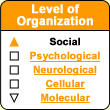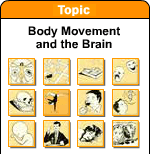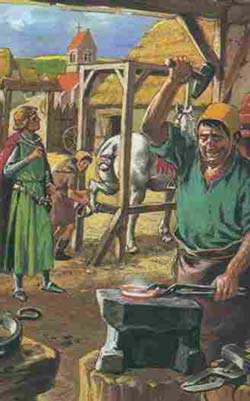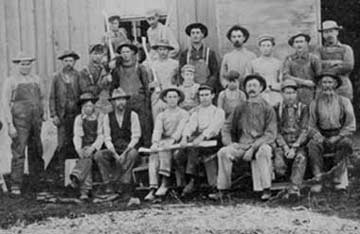|
|
| Funding for this site is provided by readers like you. | |
|
|
|
|
|||||
|
|
|||||||
|
|
|
|
|
|
|
|
Human beings, like all other organisms, have
evolved to adapt to their environment. Unquestionably one of
the most remarkable adaptations that our species has made is the
human hand, which can perform extremely precise movements upon receiving
the appropriate commands from the motor
cortex.
The industrial revolution—the transition from a society based on agriculture to one based on mechanized production—was the other great revolution in human history. Industrialization, which began in the various countries of northern Europe and North America between 1750 and 1900, caused urbanization to accelerate.
Such unskilled labourers could not always adapt very easily to
the demands of industrial production. To solve some of these problems
of worker adaptation, an engineer named Frederick
Taylor attempted to systematize the organization of factory work. |
|
||||||||||||||||||||||||||||||||||||||||||||||||||||||||||||||
| |
|
|
|
|
|
|
|
|






